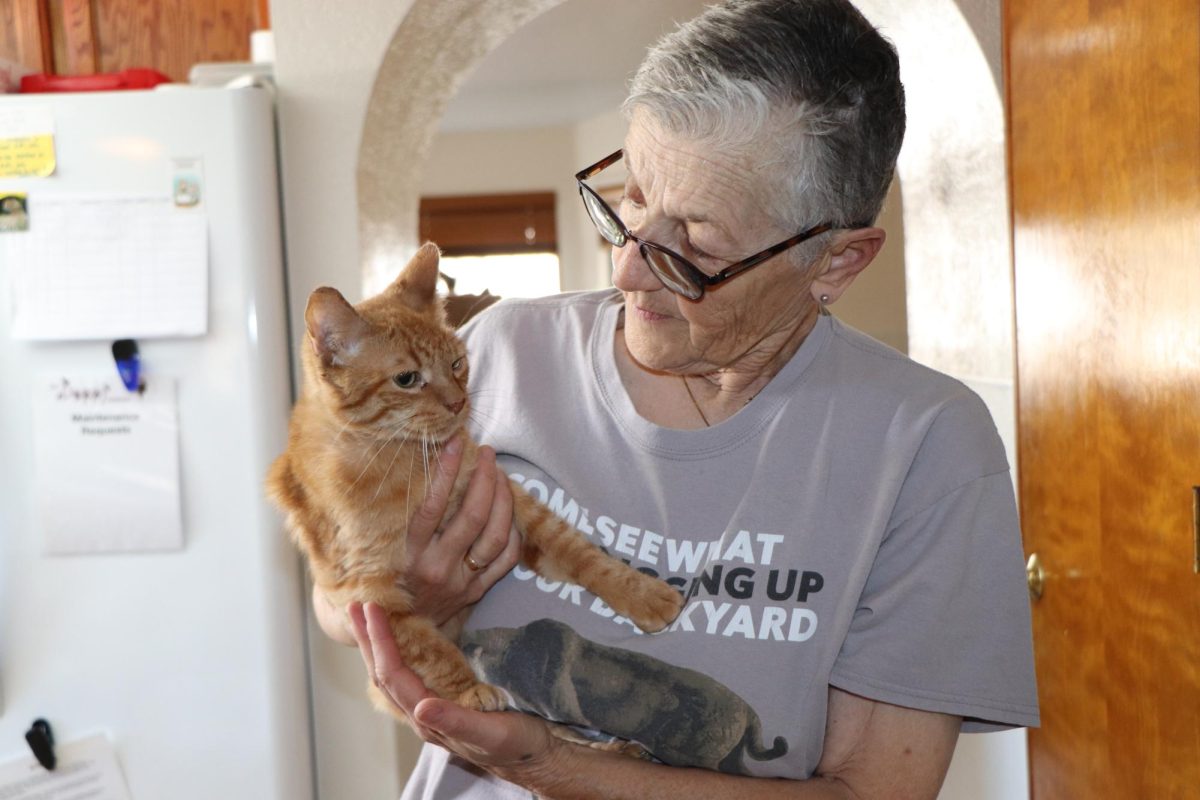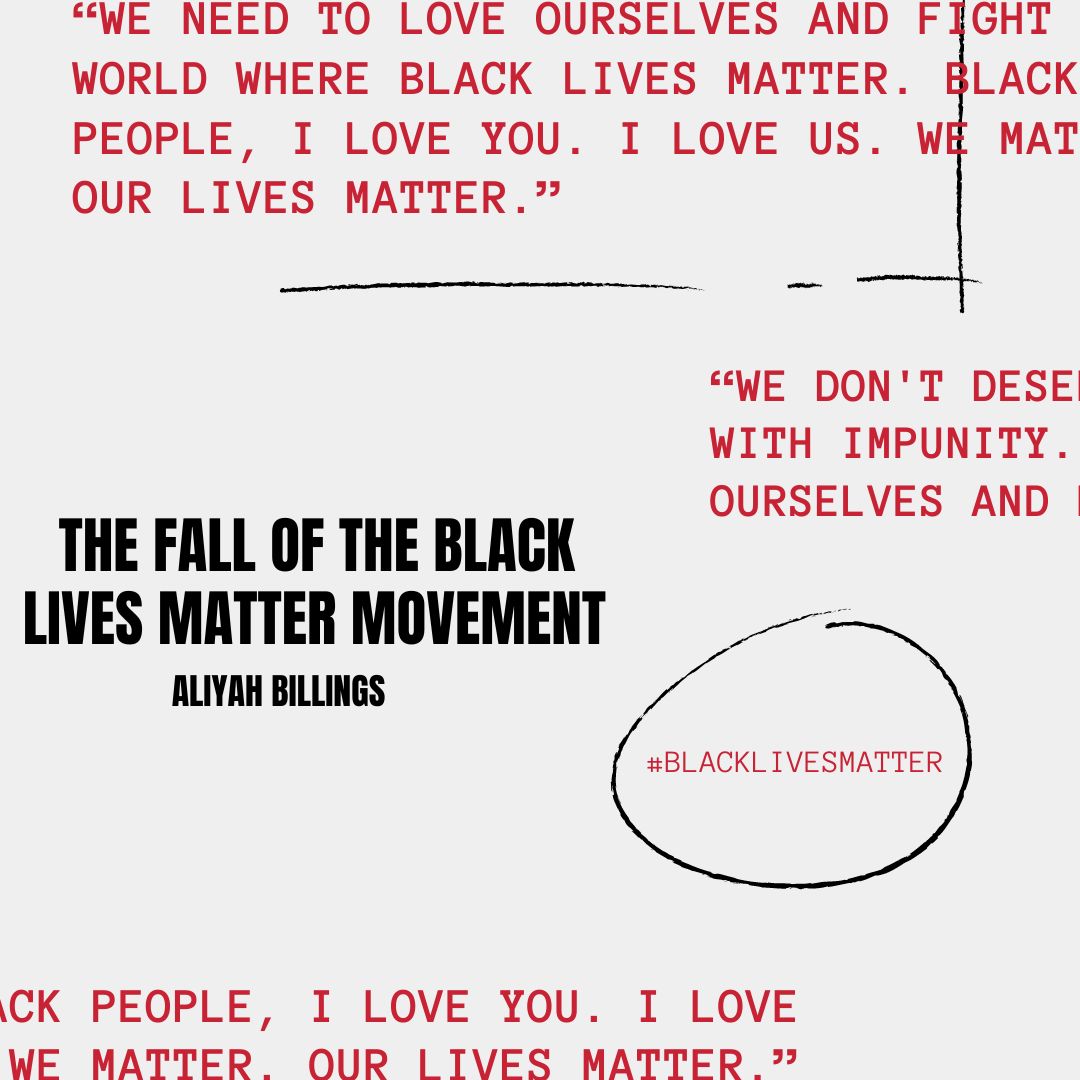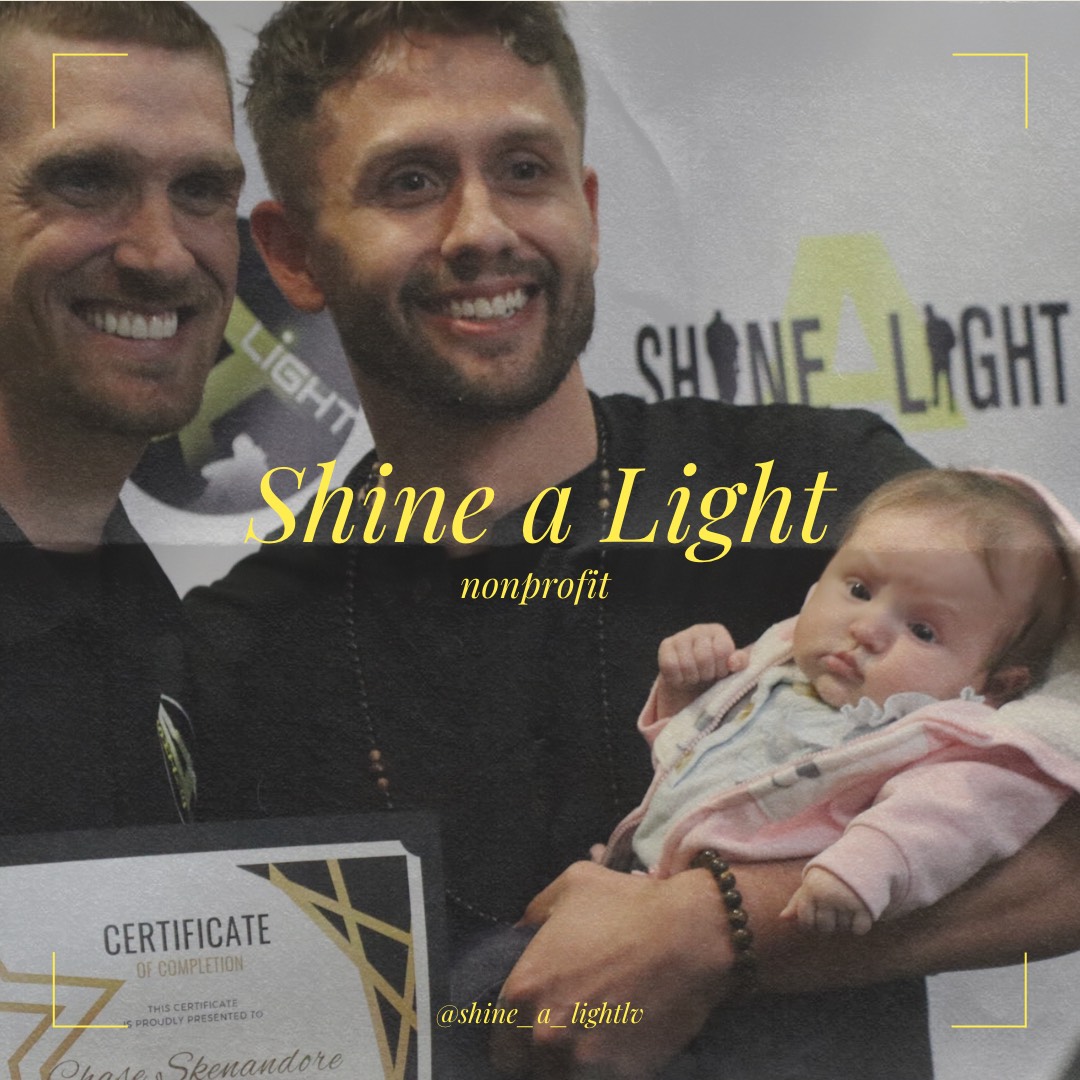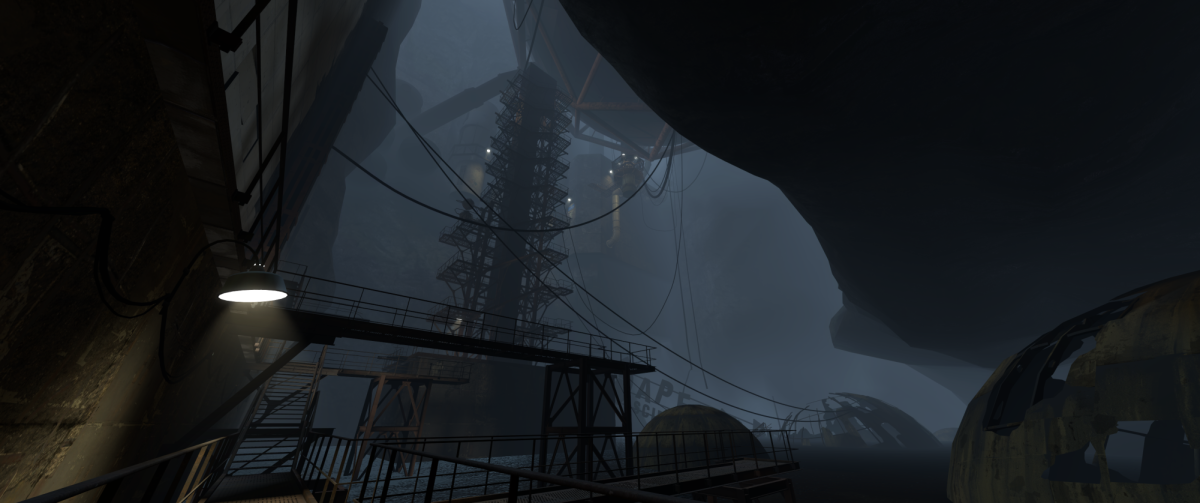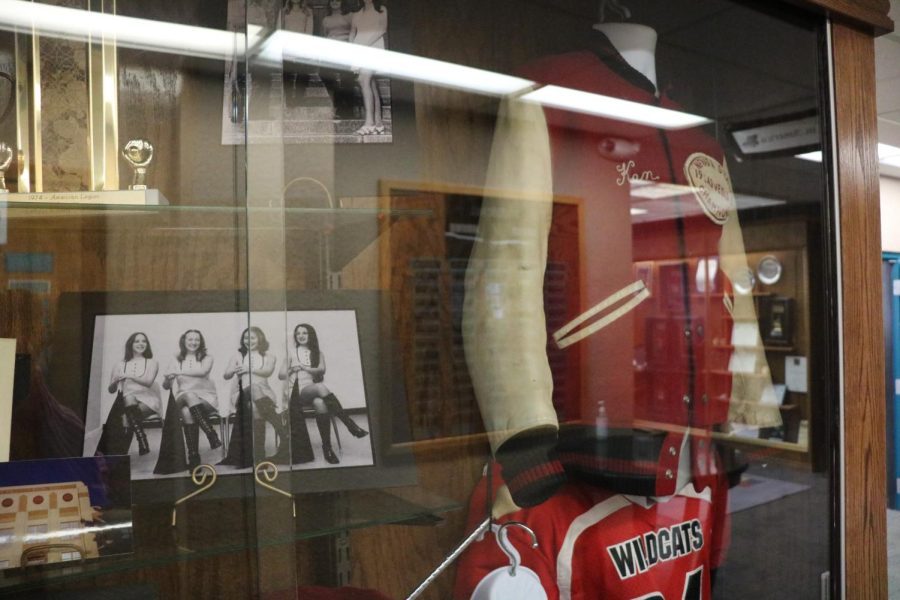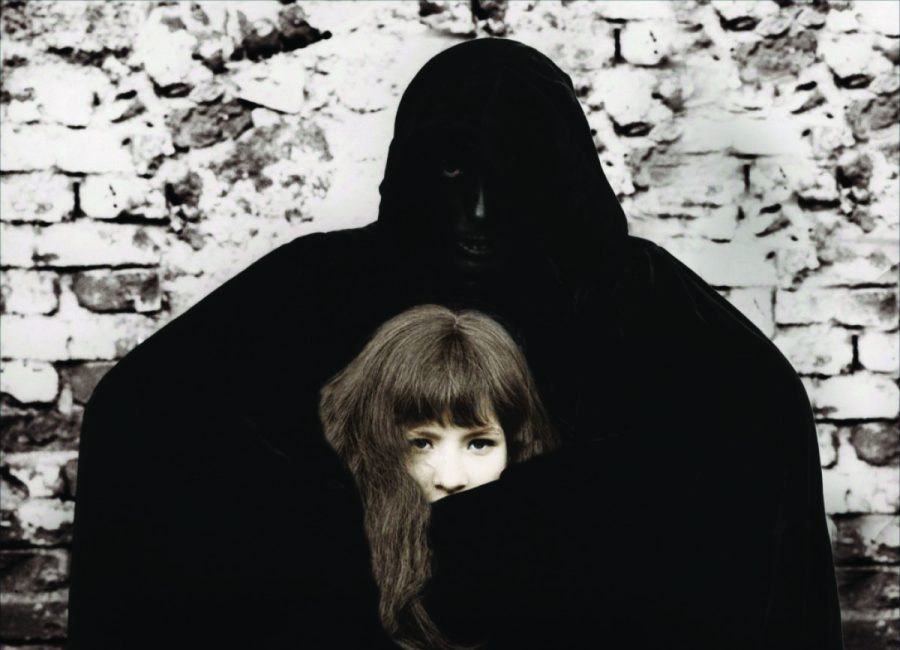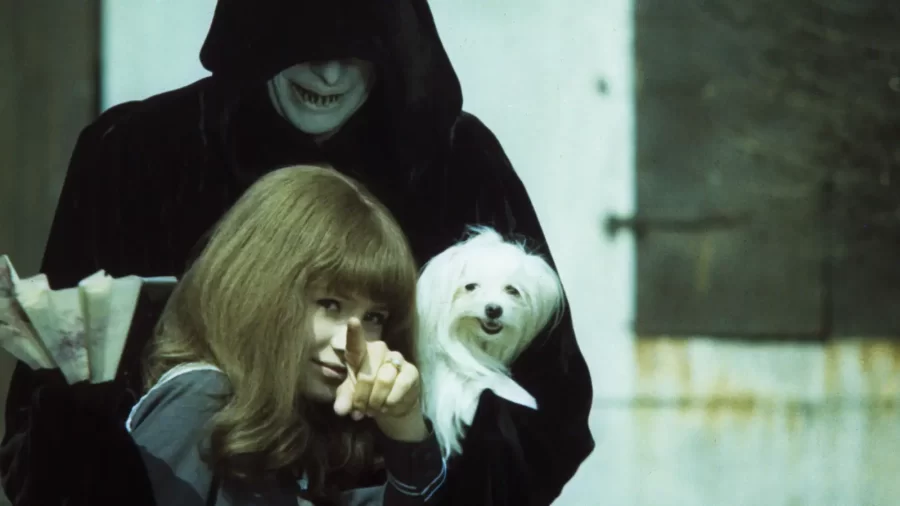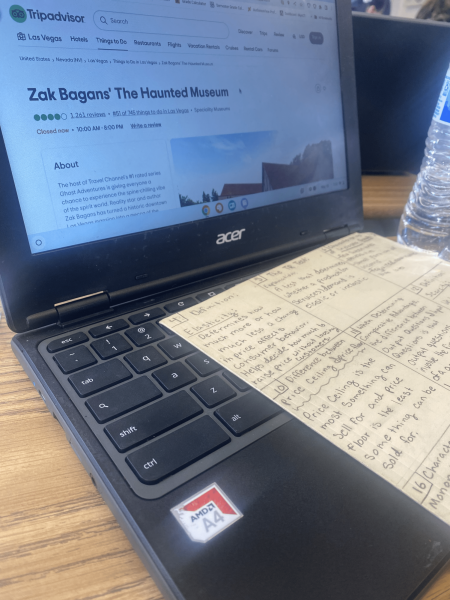A Review of Valerie and Her Week of Wonders (1970)
The Constable and Valerie in Valerie and Her Week of Wonders.
March 10, 2023
The Czechoslovak New Wave was a cinematic movement beginning in the 70s to the end of the 70s. This new age of cinema was, in my opinion, one of the most radical and remarkable times of creativity in film history. During this time, directors like Miloš Forman and Jaromil Jareš risked censorship and used film to speak out against the hypocrisy of the Communist state. This age of cinema consisted of films like Daisies (1966), Loves of a Blonde (1965), The Firemen’s Ball (1967), and Valerie and Her Week of Wonders (1970).
A film full of symbolism, Jaromil Jareš’s Valerie and Her Week of Wonders was a visually insane masterpiece. The surrealistic horror film follows the story of our protagonist, Valerie, played by Jaroslava Scharellová, emerging into her adolescence and learning about womanhood. The innocent girl is tackled with challenges that start when she gets her first period including vampires and witchcraft, showing what adulthood would look like. Everything we see in the film is taking place within the subconsciousness of this 13-year-old girl. Valerie lives with her youth-craving grandmother, Elsa, played by Helena Anýžová. Valerie is followed around by her lover, Eaglet (played by Petr Korpiva), and the creepiest looking vampire, the Constable, although he is sometimes called the Polecat due to him turning into one at the end, played by Jiří Prýmek. Throughout the movie, Valerie has many questions she has to find the answer to including if Eaglet is her brother and if they should be in love or not.
I found the film to be one of the most interesting films I’ve ever watched. It was confusing at parts, but I think a rewatch could help me understand the themes better. The whole film was scattered with symbols and they were all clearly thought out.
One of my favorite scenes was when Valerie was accused of being a witch and burned at the stake. The priest told the crowd, “There’s a witch living among you. She tormented me with her sinful words. She pressed her fawning hips against me. When she saw that I could bravely resist her temptations, she threw a noose around my neck.” Then, he saw Valerie lurking amongst the crowd and exclaimed, “But now that witch is hiding among you! Hand her over! She must burn at the stake!” While being pushed to the front, Valerie tries to defend herself, but it is too late and she ends up tied up with flames all around her. The priest tells her to confess that she’s a witch, but while she’s up there, she is acting childish and not taking anything seriously. She jokingly says back to the priest, “Liar! Pyromaniac!” She plays with her hair and puts it on her face like a mustache, mocking him. While the flames are burning and she’s up there trying to not think about it, you can hear playful music coming from the actors of the town, but behind that, there is eery church singing. She then takes a pearl that Eaglet gave her and wakes up at a door, alive. I found this scene interesting because it showed who she was as a character. She was still a child, but she was put up with all these obstacles to tackle. The scene also showed the town’s religious hypocrisy.
The few last scenes were just unexplainable, but if I had to explain it, watching it felt like a dream. The sequence of clips was ethereal and everyone was just dancing and playing instruments in the woods. The film then closes with Valerie laying in a white bed. It reminded me of Hieronymus Bosch’s The Garden of Earthly Delights painting.
The film had some extraordinary aspects on religion being hypocritical, what womanhood is, and sexual repression. It also had beautiful symbolism as stated before, and motifs. My favorite motif that I picked up on was one about Adam and Eve. When Valerie was in church, the Constable said to the group of girls looking at him, “O virginal maiden, do you know what you are? You’re an alabaster hand proffered in greeting. You’re a pomegranate yet to be split open. You’re a boat-shaped leaf, an opening rosebud.” I found his speech to them beautiful because it shows the importance of virginity and purity, but also growth to the church. The film constantly had themes of a girl turning into a woman and purity.
Valerie and Her Week of Wonders was an important part to the Czechoslovak New Wave in so many ways including the exquisite cinematography and storytelling. Streaming services including Youtube, Apple TV, and Amazon Prime Video have this film available to watch.



